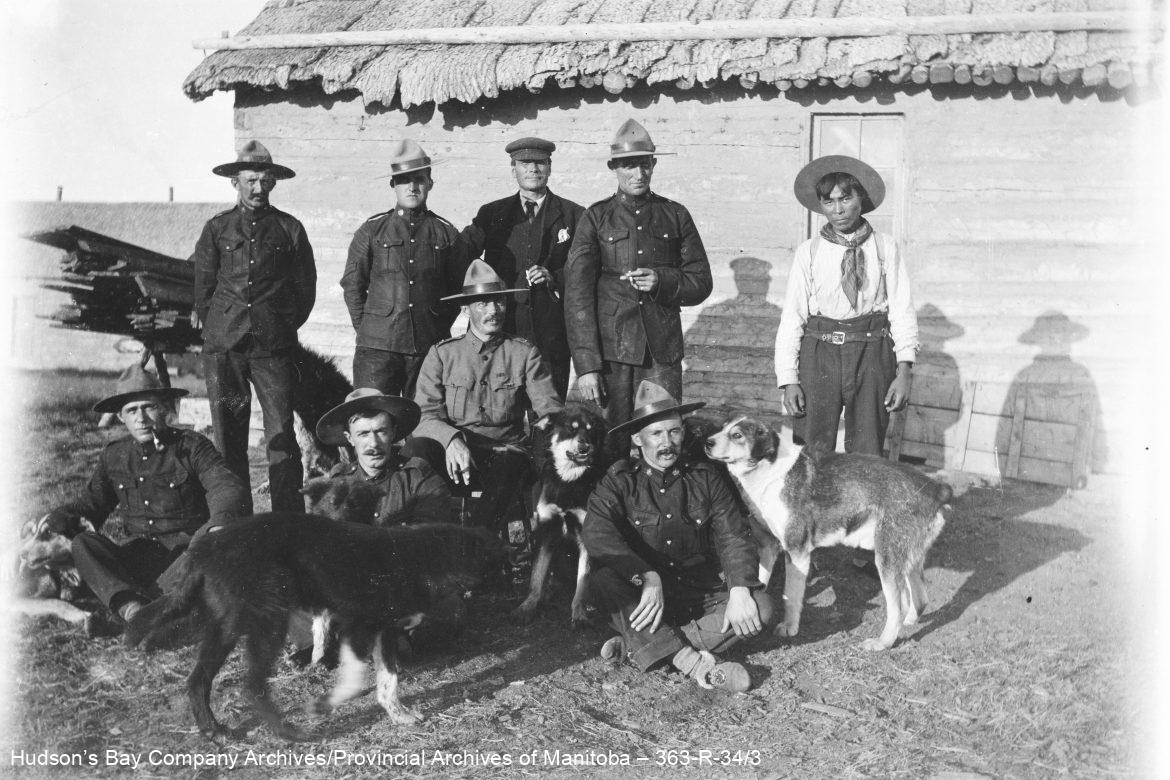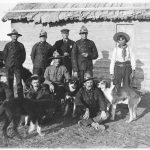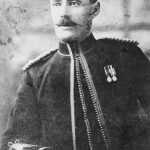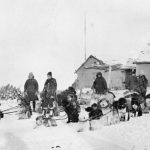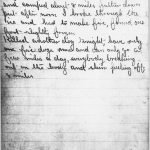1910
Special Constables and the Lost Patrol
When the North West Mounted Police (NWMP) came north in the 1890s, they lacked the skills and knowledge required for survival in the northern climate. Local Indigenous Special Constables (S/Cst.) helped the southern recruits learn northern skills and helped them communicate with local Indigenous peoples. Winston Moses, son of Special Constable John Moses, noted, “Some would have froze because they didn’t know what kind of wood to use. What kind of footwear, direction of winds, hills and mountains where to camp.” The Special Constables, their wives and their families helped the police survive in unfamiliar and challenging terrain.
The North West Mounted police became the Royal North West Mounted Police (RNWMP) in 1904. In December 1910, four RNWMP officers left Fort McPherson for their annual winter patrol. This trek became known as “the Lost Patrol.” Special Constable Esau George travelled with the group for a few days but was dismissed at Mountain Creek. He was told he would not be needed for the rest of the trip. Six weeks later, S/Cst. George grew worried because the police had not yet returned. A search party was deployed, guided by local S/Cst. Charlie Stewart. All four men were found frozen; two had managed to find the trail home and were within 20 miles of Fort McPherson when they died.
After the widely publicized failure of the Lost Patrol, changes were made to patrol regulations. Indigenous guides became mandatory for RNWMP patrols as were food caches. Special Constables and other Indigenous guides and translators were recognized as the agents responsible for the survival of the RNWMP in the Arctic.
